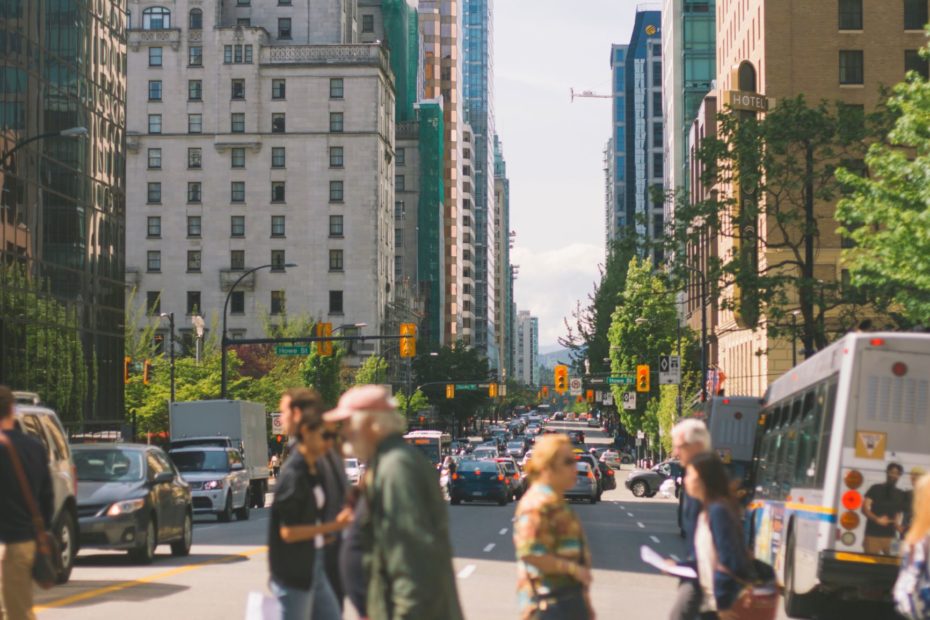When people first learn about human trafficking, they learn the legal definitions of labor trafficking, sex trafficking, and sometimes organ trafficking. While this is important and foundational, knowing how human trafficking manifests is equally as important.
Sex trafficking and labor trafficking can happen to men, women, and children, regardless of age. But knowing the definition is just the beginning – learning what red flags to look for is the next important step. Not knowing what to specifically look for can be a missed opportunity to help. However, red flags alone may not give the whole story.
Understanding how these red flags manifest in different settings is crucial. This knowledge equips professionals and community members to quickly identify and report suspected cases of human trafficking and exploitation.
How many types of human trafficking do you know about? Below are a few industries you may or may not be familiar with. For a full list, review the Polaris Typology that identifies 25 different types of human trafficking.
Traveling Sales Crews. One form of labor trafficking can be found in traveling sales crews – people who come to sell products, such as magazines, door-to-door. Often, traffickers lure individuals with the false promise of fun, travel, and high earnings. The reality is that they are manipulated, abused, sexually harassed, or assaulted. They receive little pay and are intimidated when they attempt to leave. Understand when labor becomes trafficking and what victim vulnerabilities are. Learn more about the labor trafficking on traveling sales crews, including operation models and network characteristics.
Illicit Massage Businesses. Establishments disguised as legitimate massage or bodywork businesses can be a cover for illicit massage businesses. They have legally required permits and licenses that conceal the reality of what goes on, which is both sex and labor trafficking. They may be located in urban business districts, suburban strip malls, and even rural towns. They may appear out of place with an open sign during odd hours, be boarded up with no windows, or have cars parked in front during non-operating hours.
Often, women are recruited through fake ads with false promises about wages and no mention of the sexual nature of the job. They are underpaid, if paid at all, and threatened with deportation or shame (depending on the culture). These victims are often mothers under financial pressure to provide for their families in their home country. They often have language barriers and little education. The Massage Parlor Trafficking Report provides insight into this approximately $2.5 billion dollar industry. You will learn how illicit businesses operate, how illicit massage is a big business, what networks and organized crime exist, and what you can do to end this type of exploitation and trafficking.
Hospitality Industry. Hotels are impacted by both sex and labor trafficking and both adults and children. From budget-friendly establishments to luxury hotels and well-known brands, hotels have all been connected to human trafficking. Traffickers use hotel rooms to coordinate the exchange of sex between a victim and an individual purchasing sex. Labor trafficking has been found to occur both in the cases of hotel staff and the supply chain of products. Check with your hotel to learn #DoesYourHotelKnow? Have they signed a code of conduct or been trained? Review the national hotline cases occurring in hotels and motels for more information about what is being reported.
Agriculture. What do you know about the food you eat and where it comes from? Or how it was picked? Traffickers exploit workers in agriculture and animal husbandry throughout the U.S. From fruit to tobacco to dairy farms, victims are promised an hourly rate, and in reality, are only paid on a piece-rate basis. Victims are given unbearable living conditions as well as limited access to food, bedding, and toilets. They are often charged recruitment and travel fees, incurring an exorbitant amount of debt, despite laws in place against this practice. Learn when it becomes trafficking, victim vulnerabilities and industry vulnerabilities.
Human trafficking can present itself in many ways depending on your community. It is important to learn what human trafficking is, the red flags, and how it can appear. Knowing this information can help you be proactive in preventing it in the first place, as well as identifying it when it does occur, so you can report to the National Human Trafficking Hotline and local authorities.
Now that you have learned more about what human trafficking can look like, take the next step: earn your free Human Trafficking Awareness Badge with Justice U™.

